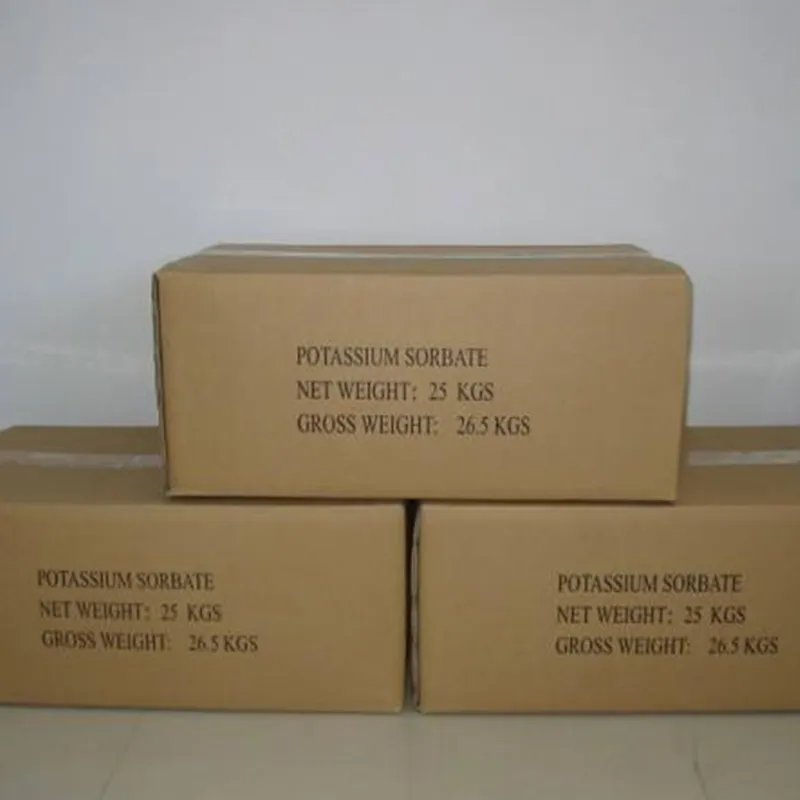
Chemical Properties and Applications of Sodium Metabisulfite in Various Industries
The Significance of Sodium Metabisulfite in Various Industries
Sodium metabisulfite (Na2S2O5) is a versatile chemical compound that plays an essential role across a multitude of industries. Often recognized as a food additive, this compound is primarily used as a preservative, antioxidant, and bleaching agent. Its unique properties make it invaluable in applications ranging from food preservation to wastewater treatment. This article delves into the significance of sodium metabisulfite, exploring its applications, benefits, and safety considerations.
Food Industry Applications
In the food sector, sodium metabisulfite is widely acknowledged for its preservative qualities. It helps to prolong the shelf life of various food products by inhibiting the growth of bacteria, yeast, and molds. This is particularly beneficial in preventing spoilage in dried fruits, wines, and certain packaged foods. Moreover, it acts as an antioxidant, preventing the browning of fruits and vegetables while retaining their color and flavor.
Sodium metabisulfite is often encountered under the designation E223 in food labeling. Regulatory bodies such as the FDA and the European Food Safety Authority (EFSA) have approved its use within specified limits. However, it is crucial to understand that some individuals may exhibit sensitivities to sulfites, leading to allergic reactions in susceptible populations, especially asthmatics.
Industrial Applications
The Significance of Sodium Metabisulfite in Various Industries
Additionally, sodium metabisulfite is instrumental in the photographic industry as a preservative for developing solutions, preventing the oxidation of the chemicals involved. In the realm of water treatment, it serves a critical role in dechlorination processes. By reducing chlorine levels in wastewater, it ensures compliance with environmental regulations and protects aquatic ecosystems.
metabisulfite de sodium

Environmental Considerations
The application of sodium metabisulfite also extends to environmental management. Its utilization in groundwater remediation techniques showcases its capability to neutralize contaminants, making it valuable for protecting aquatic habitats. However, the improper handling and disposal of sodium metabisulfite can pose environmental risks. Therefore, adherence to safety guidelines and regulations is essential to mitigate its impact on ecosystems.
Safety and Handling
Safety is a paramount concern when dealing with sodium metabisulfite. While it is generally recognized as safe when used correctly, exposure to high concentrations can lead to respiratory irritation and allergic reactions. Therefore, it’s vital for industries to provide adequate training for employees handling this substance, along with appropriate personal protective equipment (PPE).
In addition, proper labeling and storage protocols must be strictly followed to prevent accidental ingestion or exposure. This is particularly important in environments where both food and chemical substances coexist.
Conclusion
Sodium metabisulfite is a multifaceted compound that significantly impacts several industries. Its ability to preserve food, aid in textile processes, and facilitate environmental management underscores its importance in modern applications. However, responsible usage and adherence to safety guidelines are essential to harness its benefits while minimizing potential risks. As industries continue to innovate and evolve, sodium metabisulfite will undoubtedly remain a pivotal player in ensuring quality, safety, and sustainability across various sectors.
-
Aluminum Hydroxide: Quality Gels & Dried Gel AntacidNewsAug.31,2025
-
Buy High-Quality Trichloroisocyanuric Acid for Sale | TCCA 90% SupplierNewsAug.30,2025
-
Pure Sodium Dichloroisocyanurate Dihydrate | Powerful DisinfectantNewsAug.29,2025
-
Industrial Chemicals: Quality & Purity for Every IndustryNewsAug.28,2025
-
Nitrile Rubber Honoring Strict Production StandardsNewsAug.22,2025
-
Aspartame Ingredients Honoring Food Safety ValuesNewsAug.22,2025
-
Fertilizer for Balanced Plant NutritionNewsAug.22,2025
Hebei Tenger Chemical Technology Co., Ltd. focuses on the chemical industry and is committed to the export service of chemical raw materials.
-

view more DiethanolisopropanolamineIn the ever-growing field of chemical solutions, diethanolisopropanolamine (DEIPA) stands out as a versatile and important compound. Due to its unique chemical structure and properties, DEIPA is of interest to various industries including construction, personal care, and agriculture. -

view more TriisopropanolamineTriisopropanolamine (TIPA) alkanol amine substance, is a kind of alcohol amine compound with amino and alcohol hydroxyl, and because of its molecules contains both amino and hydroxyl. -

view more Tetramethyl Thiuram DisulfideTetramethyl thiuram disulfide, also known as TMTD, is a white to light-yellow powder with a distinct sulfur-like odor. It is soluble in organic solvents such as benzene, acetone, and ethyl acetate, making it highly versatile for use in different formulations. TMTD is known for its excellent vulcanization acceleration properties, which makes it a key ingredient in the production of rubber products. Additionally, it acts as an effective fungicide and bactericide, making it valuable in agricultural applications. Its high purity and stability ensure consistent performance, making it a preferred choice for manufacturers across various industries.





